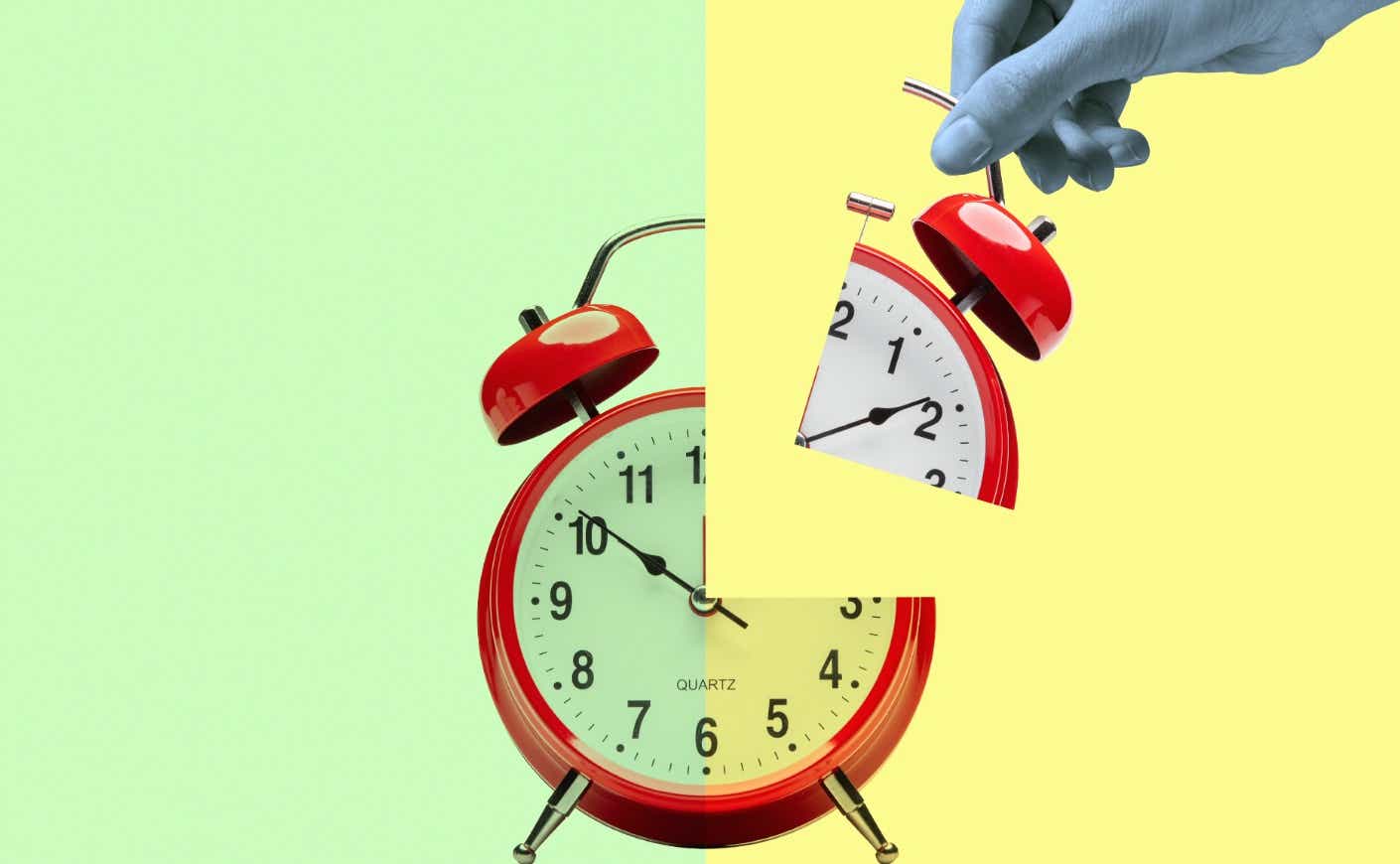Fall is in the air, which means cooler temperatures, earlier sunsets, and the end of daylight saving time. For those of us who tend to hit the snooze button, “falling back” means a coveted extra hour of sleep when we adjust the clocks. But of course, with that comes the dreaded 4:30 p.m. sunsets. Does it have to be this way?
We’ve been changing our clocks twice a year since the 1970s, but nearly every state has now passed or at least tried to pass legislation that would “lock the clocks.” But so far, that remains on hold because that decision would ultimately depend on congressional action.
While getting enough momentum to officially kick daylight saving time to the curb has proven difficult, the U.S. wouldn’t be the first country to get rid of it. In 2022, Mexico ended DST for most of the country, except for some parts along the U.S. border. China, India, and Russia don’t even have it. The debate over this practice seems to come up every six months, so we took a look at where things currently stand.
When does daylight saving time end in 2024?
Daylight saving time begins on the second Sunday in March and ends on the first Sunday in November. This year, that means we’ll “fall back” on Sunday, November 3, starting at 2 a.m. With that change, you can expect that it’ll get darker earlier in the evening across the U.S.
Why do we even have daylight saving time in the first place?
Daylight saving time became established law in 1918 with the passage of the Standard Time Act, according to the U.S. Naval Observatory’s astronomical applications department. And it was subsequently implemented a way to maximize daylight hours to help save on energy consumption during World War I. Americans stopped switching their clocks back and forth after the war, only for DST to become a permanent fixture in the ’70s.
Over the next several decades, legislators made efforts to repeal daylight saving time, but those efforts have been largely unsuccessful because states are pretty limited in what they can do. Under the Uniform Time Act of 1966, states can propose permanent standard time, but not permanent daylight saving time. States can only abandon DST if Congress makes it legal by passing legislation, or a state can submit detailed information to the U.S. Secretary of Transportation to request a change.
Nevertheless, virtually all states have at least considered enacting laws to change the rules. In recent years, local legislatures have considered at least 650 bills and resolutions to establish year-round daylight saving time as soon as federal law allows it.
But that doesn’t look like that’s happening anytime soon. In 2022, the Senate unanimously approved the Sunshine Protection Act to make daylight saving time permanent nationwide, but the House never brought it up for a vote.
Which U.S. states do not observe daylight saving time?
Some states don’t observe the time changes. Hawaii and Arizona — with the exception of the Navajo Nation — are the only two states in the country that don’t participate in daylight saving time, according to the U.S. Department of Transportation. Five U.S. territories also do not participate in daylight saving time: American Samoa, Guam, Northern Mariana Islands, Puerto Rico and the Virgin Islands.
On the other hand, at least 19 states have passed measures pledging to make daylight saving time year-round if Congress allows it, according to the National Conference of State Legislatures. These include:
- Colorado
- Kentucky
- Alabama
- Georgia
- Minnesota
- Mississippi
- Montana
- Idaho
- Louisiana
- Ohio
- South Carolina
- Utah
- Wyoming
- Delaware
- Maine
- Oregon
- Tennessee
- Washington
- Florida
Other states are working on legislation to make standard time the permanent one. This includes Maine, Massachusetts, Minnesota, New York, Oklahoma, Oregon, Pennsylvania, South Carolina, Tennessee, and Vermont, according to Forbes.
But some states have held out — for instance, Virginia failed to pass a bill last year that would’ve moved the state to year-round daylight saving time.
What do Americans think of daylight saving time?
It might not surprise you to know that surveys have consistently shown that Americans aren’t a fan of time changes. In a poll by Economist/YouGov last March, 6 in 10 people said that they’d like to stop moving their clocks back and forth.
But there’s more of a divide when it comes to whether we should switch to daylight saving time or standard time. According to a 2019 AP-Norc poll, three in 10 wanted to go with DST, while four in 10 preferred standard time.
The issue has sparked a surprising amount of controversy. Doctors and those in the medical community argue that standard time is better for our health because it’s more aligned with our internal clocks. Daylight saving time, on the other hand, has been associated with less crime (because of the increased daylight hours), and it’s better for the economy as more people are likely to stay out.
For now, it looks like this adjustment isn’t going anywhere — but at least we can enjoy the extra sleep.









